My dear friend, Kristina, graciously allowed me to interview her for this guest post. Most of this is in her own words, but I have edited it a little to group like topics together. She and I can talk for hours and flit from one topic to the next. I thought you might appreciate a more coherent post. :) I hope you read what she has to share and find things that help you in making your own plan to build your food storage. Everyone should have at least a little food stored, even if it is just an extra week or two.
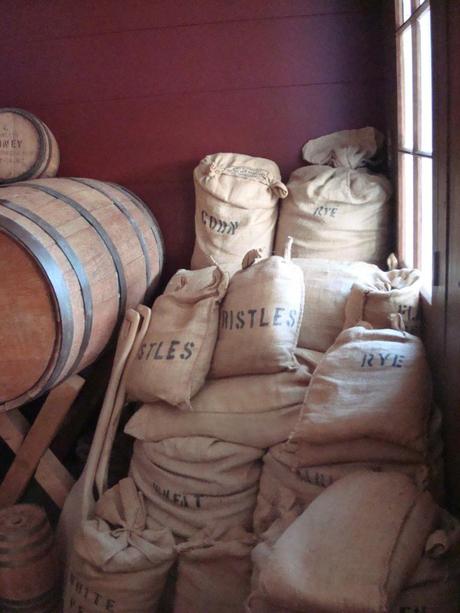
Food storage, photo courtesy lds.org
* * * * * * * * * * * * * * * * * * *
The thing that makes me unique in the Mormon circle is that I don’t want to rotate my food storage. I won’t rotate. It’s a conscious decision. I don’t eat my emergency storage.
Why? Several years ago, I was talking to my friend, Janea, and she had just come to this very comfortable place in her own food storage philosophy. Neither one of us wanted to eat out of a can. Even if we canned our own food, we wanted to eat fresh and natural food. Home grown food. Unless it’s an emergency situation, I want to eat fresh food.
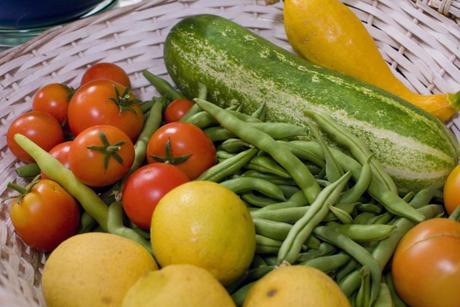
Home grown produce, photo courtesy lds.org
I have 3 pronged plan: 72 hour kits, a 3 month food storage (short term), and an “infinity” food storage (20+ year shelf life).
72 hour kits – Bags for each family member with everything needed for 72 hours.
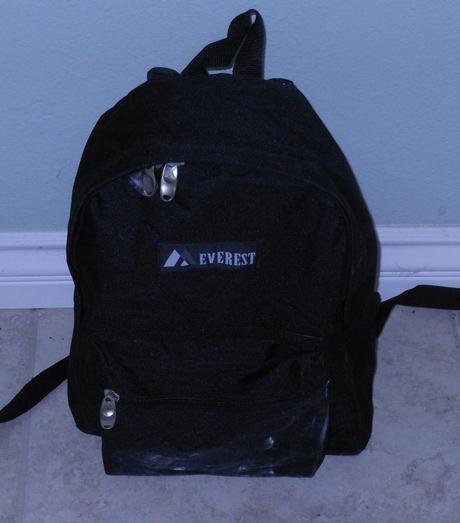
Do you have a 72 hour kit ? It’s a good idea to have one no matter where you live.
3 month supply – This contains a more typical, every day, complete diet. I have canned things: green beans, peas, canned corn, peanut butter, some canned meat (Costco canned chicken). Every year, I take a month or two from this supply and eat out of that. To build this, I came up with a 7 day menu. Then, I multiplied that menu by how many weeks I wanted to have.
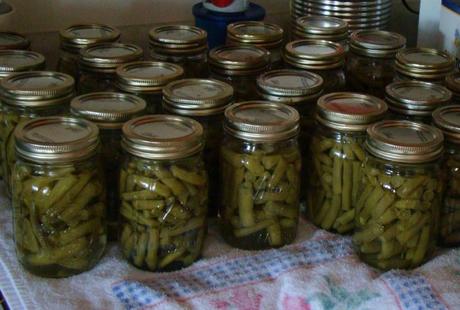
Green beans, photo courtesy lds.org
Infinity storage (long term) – This does not have a lot of variety. I have a year supply of grains: wheat, quinoa, white rice, brown rice (brown rice is only exception to the 20 year shelf life rule).
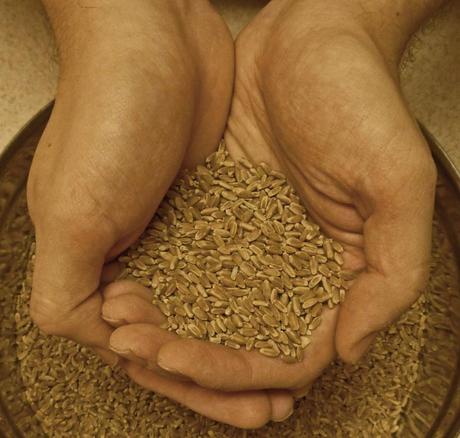
Wheat, photo courtesy of lds.org.
I have a year supply of beans: white, black, pinto, kidney, adzuki, sprouting, lentils, and split peas; a year supply of spices, honey, baking soda, baking powder, salt, sugar, and apple cider vinegar. I have a 6 month supply of blackstrap molasses, and my next goal is to obtain a year supply of it. I choose to have blackstrap molasses, because it contains the vitamins and minerals I need.
The only necessary thing I don’t have a year supply of is water.
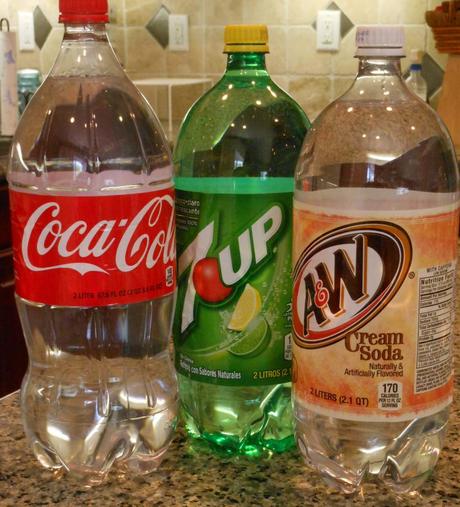
Soda bottles re-purposed as water storage.
Because I do it this way, I don’t store some things. I will only have variety for 3 months. What if I have a long term emergency that’s more than 3 months? I have several boxes of heirloom seeds. My goal is that I will plant seeds and grow a garden. I plan to be sustained with my short term storage and infinity food storage until I can grow my garden which is self-sustaining. I have enough seeds to plant 3 3-acre gardens and fail. I’m learning to garden now, so that I will have the skills when I need them.

Eggplant flower from last year’s garden
What empowered me so I felt that I could build my food storage is: Being patient, doing a little bit over time, and gaining my skills slowly, but steadily. It’s the hare that wins the race. I have a year supply, but I built it a decade ago. I’ve been thinking about it for 10 years. That’s not a short amount of time. Over those 10 years, I have refined my plans.
When you read other sites, don’t get intimidated by the skills other people have (foraging, baking, sewing, etc.). Make a list of 10 skills and work on them one at a time. Learn them over a year or two, or however long it takes. Don’t think you must learn quickly, because there’s going to be an emergency. Anything you learn is moving you forward. Learn to be secure in insecurity, to be mentally prepared for an emergency.
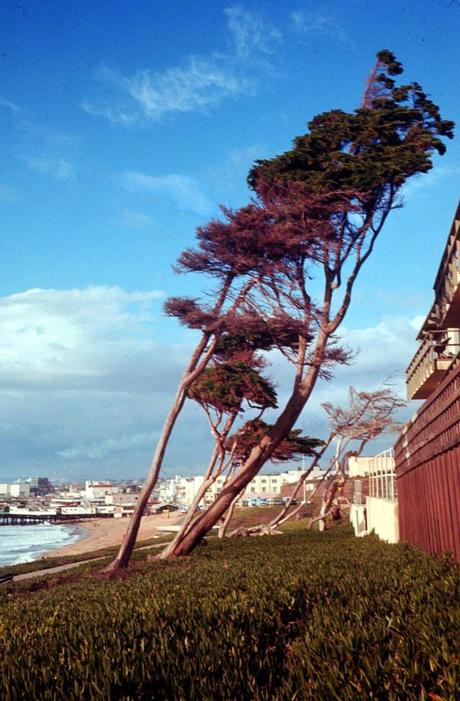
High winds, photo courtesy lds.org
When I was living in Washington, we had a power outage due to high winds, and we went without power for a week. At the time, we had a year supply of food. We also had plenty of camping supplies. We had a 3 month supply of water. We had flashlights. We had candles. The one thing we needed was a generator, and we didn’t have it. People were actually pillaging generators from people’s backyards and stores, because they wanted electricity.
So, one of the main things I learned was that I was prepared, but I can’t predict everything I will need. I didn’t know that high winds would be my emergency situation, but it was, and I was still okay. In a true emergency, you can’t have everything you want. You must be makeshift. I didn’t have a generator. We had to use candles and flashlights. We had sleeping bags. I learned that you CANNOT have everything. I had enough life sustaining things that I was okay.
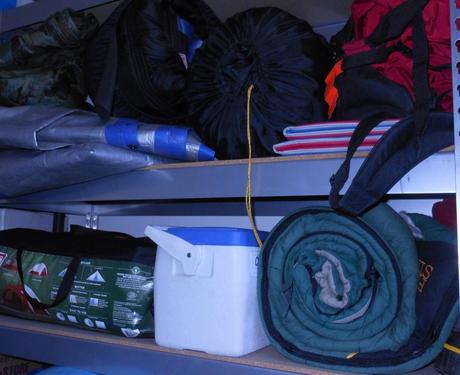
Sleeping Bags, Tents, Tarps, Sleeping Mats, and Coolers.
We could have survived a lot longer than the week, we had enough things. I had things other people needed. I could have traded, bartered, if needed.
You’re never completely comfortable in an emergency. There was sense of security knowing that we had enough to survive. A bare minimum will give you the security that you need. When you are prepared, you need not fear. I was prepared.

